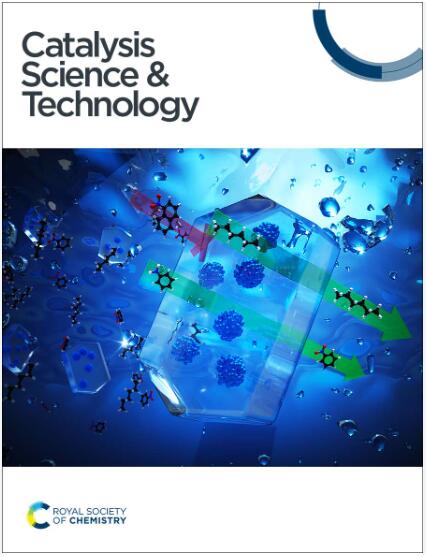Iron foam catalysts for forming olefins via Fischer–Tropsch synthesis
IF 4.4
3区 化学
Q2 CHEMISTRY, PHYSICAL
引用次数: 0
Abstract
Despite major advances in the direct formation of light olefins (C2–C4) by Fischer–Tropsch synthesis (FTS), understanding the actions of promoters and iron carbides remains a difficult endeavor, since the observed results are impacted by an extensive range of complexity and unpredictabilities. In this study, macroporous iron foam (Fe foam) was used as a precursor for the FTS catalyst. The purpose was to reduce the effects of diffusion rate and heat transfer as well as to minimize the influence of promoters on the coverage of active sites. The iron foam was further promoted with sodium (Na), cesium (Cs), rubidium (Rb), and potassium permanganate (KMnO4) to annotate the role of iron carbides in the production of light olefins during FTS. Based on the results of various characterization, such as XRD, XPS, H2-TPR, SEM, Mössbauer spectroscopy and HR-TEM, it was found that the KMn/Fe foam catalyst with the maximum content of the active carbide phase (θ-Fe3C) resulted in the highest light olefin and all olefin selectivity (48.0% and 78.4%) and O/P ratio (14.4 for light olefins) among all catalysts in the current study.

求助全文
约1分钟内获得全文
求助全文
来源期刊

Catalysis Science & Technology
CHEMISTRY, PHYSICAL-
CiteScore
8.70
自引率
6.00%
发文量
587
审稿时长
1.5 months
期刊介绍:
A multidisciplinary journal focusing on cutting edge research across all fundamental science and technological aspects of catalysis.
Editor-in-chief: Bert Weckhuysen
Impact factor: 5.0
Time to first decision (peer reviewed only): 31 days
 求助内容:
求助内容: 应助结果提醒方式:
应助结果提醒方式:


